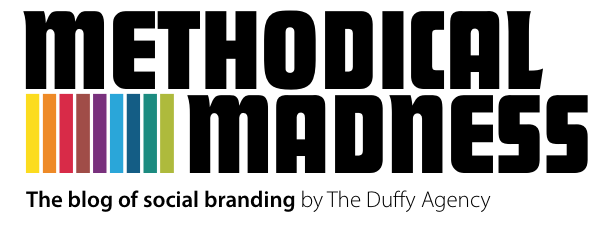SEO tips: writing title tags
 Friday, April 23, 2010 at 4:16PM
Friday, April 23, 2010 at 4:16PM How to create the perfect title tag – and
why you need to
A lot of friends ask me for advice
when it comes to SEO. Nine times out of ten the first question is: How can I
make my website/blog perform better on search engines – without spending any
time or money?
inform them that, at least on our planet, that’s impossible, I give them the
best place to start: their title tags. Writing great title tags is the most
important thing you can do to explain what your website is about, both to Google
and to potential visitors. It’s also one of the least time- and money-consuming
SEO tactics you can use, while often making a very quick, noticeable difference
in your search engine rankings.
The title tag is that blue link
that appears in Google search results, and also the name of each webpage that
appears at the very top bit of your web browser. Google’s search bots read
these tags first to start judging what your page is about and what keywords are
most relevant, so they basically tell Google that your site is what users want
to see when they look for certain keywords.
As this tag is what appears in
search results, a well-written one is likely to get you a higher percentage of
click-throughs. Consider a potential visitor searching for new Ray Ban
sunglasses. Which title do you think they will find more appealing:
"Sunglasses – Check out the
new collection of Ray Ban sunglasses" - or -
"Welcome to my website!"
The tricky bit is appealing to the
human beings you want to click your link while squeezing the most relevant keywords
in there. With a little extra thought, it’s very doable. Here are six tips to help
guide you in writing the most effective title tags for each page of your
website.
1. Make the first
word/words of you title the keywords you want to capture users on – if you
haven’t figured out what keywords you want to focus on, you can go here to
see what keywords related to your content are getting the most searches on Google.
2. Make the title reflect
the information on the page. Misleading people will lead to an extremely high
bounce rate and very few conversions.
3. Don't use more then 63
characters. Google wont show the entire title if you do.
4. If it makes sense to
do so, use your title as the headline of your webpage – users expect to find
the title on the page and it also reinforces the keywords you’re using.
5. Getting your
brand/site name in there is a good idea for establishing trust and expanding
your footprint, but you should generally put it at the end of the tag after a
vertical line so the search focus is on your keywords.
6. Your title will end up
as a link in the search results, so make it compellingly clickable.
That’s about all there is to writing a great title tag. The most difficult part is determining which keywords to focus on for each page’s tags and content. Stay tuned for a future blog post on just that.
If you want more information about writing the perfect title tag, check out the video below by Gareth Davies of GSINC Ltd.

Reader Comments (10)
SEOSEO NottinghamSEO Company
what should be the "Post tag length" for wordpress blog